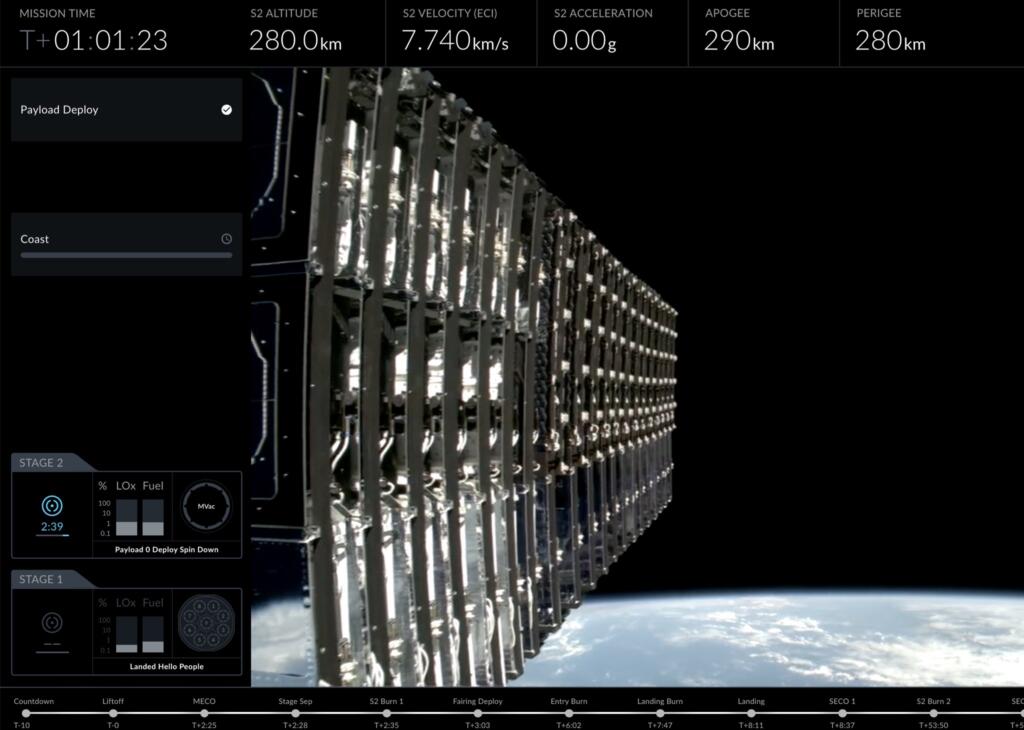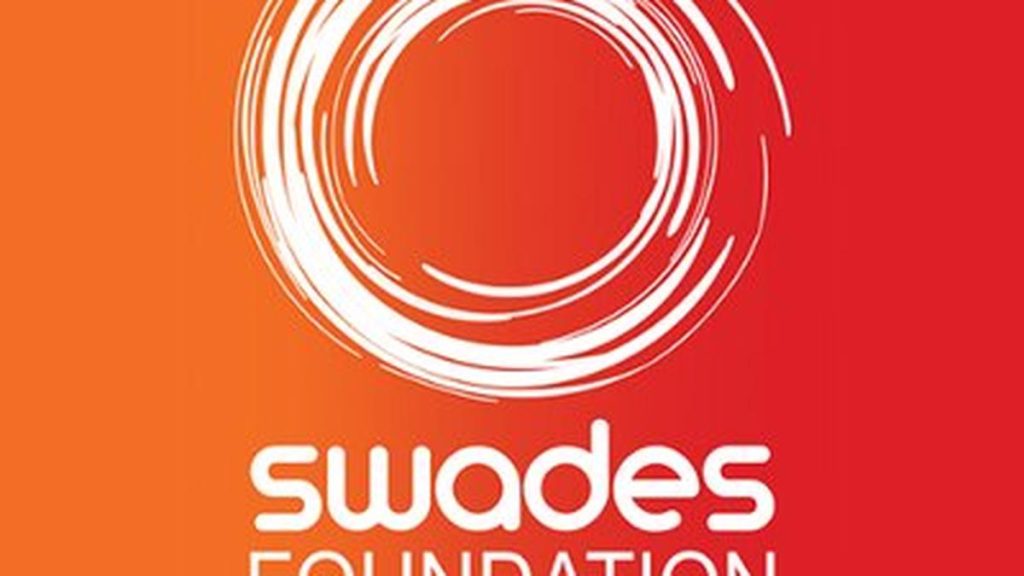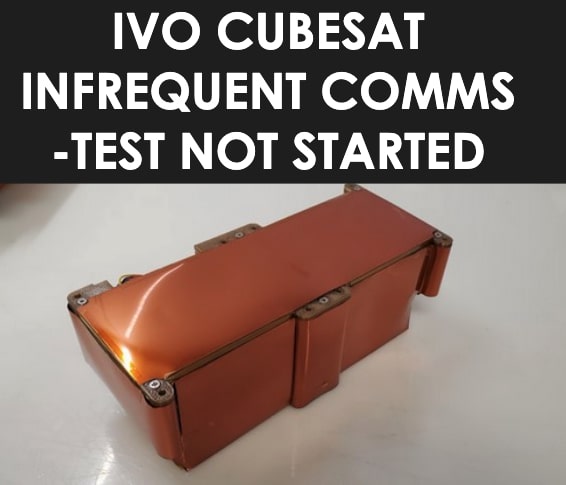Now Reading: SpaceX to Launch 5G Direct-to-Cell Service Next Year, Boosting Speeds 20-Fold
-
01
SpaceX to Launch 5G Direct-to-Cell Service Next Year, Boosting Speeds 20-Fold
SpaceX to Launch 5G Direct-to-Cell Service Next Year, Boosting Speeds 20-Fold

Fast Summary:
- SpaceX purchased 50 MHz S-band spectrum from EchoStar through a combination of cash and shares.
- This acquisition enables SpaceX to provide global broadband services for cell phones via its Direct-to-Cell satellite constellation.
- The new satellites will be five times larger, operate closer to Earth, and support thousands of spatial beams, considerably boosting bandwidth and signal quality.
- SpaceX projects a 20-fold increase in interaction speed and a 100-fold rise in user capacity compared to first-generation satellites.
- The system aims to deliver full 5G cellular connectivity comparable to terrestrial LTE networks without requiring phone modifications or new apps.
- Starlink Direct-to-Cell currently provides the largest global 4G coverage with over six million users across five continents.
- By spring 2024, services included texting, video calls from unmodified phones, IoT capabilities for remote areas, and partnerships with mobile network operators like T-Mobile (US), Rogers (Canada), KDDI (Japan), among others.
- Emergency scenarios have benefitted from this service by enabling crucial communication where terrestrial networks fail-e.g., during disasters like hurricanes or wildfires.
Indian Opinion Analysis:
spacexs advancements in satellite-based cellular connectivity represent potential disruptive implications for India’s telecommunications infrastructure. With more than half of India’s landmass lacking conventional network coverage due to topography or underdeveloped infrastructure, solutions like Starlink Direct-to-Cell may complement existing initiatives aimed at bridging these gaps.
India’s tech-centric outlook aligns well with innovations that enable widespread connectivity without reliance on traditional towers-a cost-intensive approach especially in rural areas with sparse populations. However, significant factors need careful consideration: regulatory approval for satellite spectrum usage domestically may involve substantial negotiation processes; compatibility issues could arise unless indian device manufacturers align hardware specifications with SpaceX protocols.
Furthermore, collaboration opportunities between Indian telecom operators and entities like Starlink might re-shape competition locally while addressing digital inclusivity goals outlined by programs such as Digital India.
For disaster preparedness-especially given frequent cyclones or floods-the application of uninterrupted mobile connections could serve as life-saving interventions reminiscent of recent global emergencies supported by Starlink technology.
Careful policy crafting about foreign-controlled spectrum use within critical national operations will balance openness toward private innovation against safeguarding strategic interests.




























